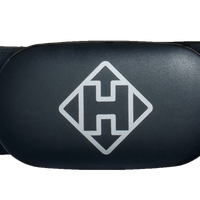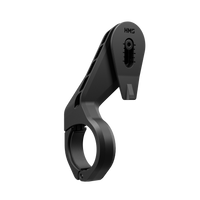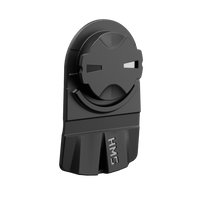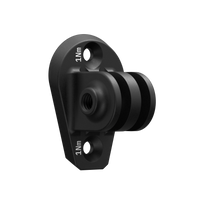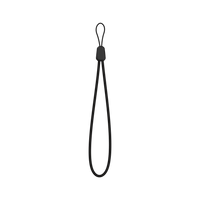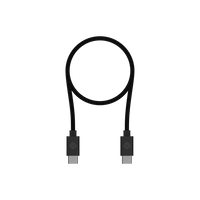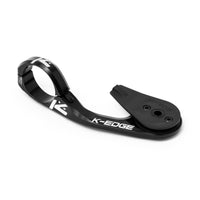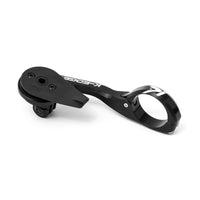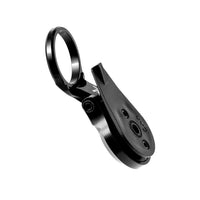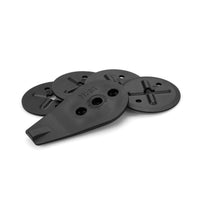2019 was a year of enhancement for the Karoo. Here are some of the updates we made in our biggest year yet.
Our software development team is wiping sweat off their brows and gearing up for the new year. The grind never stops — they’ve already released a software update on January 3rd which adds live tracking to Karoo’s ever-growing list of features to enhance your ride.
Our earliest customers might remember the phrase “Karoo will never be finished, and we never want it to be” — perhaps a peculiar phrasing of a sentiment that we’ve nevertheless continued to live up to: Karoo’s software platform is future-proof and designed for continual enhancement. There’s no end-point; the Karoo will always be cutting-edge.

Our most recent update adds live tracking to Karoo’s repertoire — 2020 is off to an exciting start!
So what did that look like in 2019? Thanks to our customers, we were able to understand which features needed updating and which features we should introduce. We can’t list everything, but below are some of the most popular changes from the past year.
. . .
January
The first update of 2019 brought a major UX overhaul. The home screen was redesigned for simplicity, putting your ride front and center with a yellow Start Ride button that took you straight into the ride setup screen.
Karoo’s data pages also got an update. We changed from a “stack” type layout to a drag-and-drop grid that gave users more control over how their data would be laid out, as well as leaving less empty space on Karoo’s beautiful screen. Data field appearance was also updated with the page app, making for bigger, cleaner data when you’re in-ride.
Finally, Karoo’s on-board maps were updated in response to customer feedback with a higher contrast color scheme to make the smaller roads that are so perfect for cycling stand out.
Karoo users would also enjoy some additional UX changes, like font improvements, in this update.
. . .
March
The Karoo had featured a historic live elevation graph almost since launch, but many users requested the ability to see a ride profile for their upcoming route too. This feature is now the default on all new page sets, letting you see your next two miles by default, and as far as your entire route if you choose to zoom out.

Instagram photo by @anna.barrero
Sensor precedence rules were also added, giving riders more control over which of their sensors reported data. By dragging sensors higher in the list, the user could give priority over sensors lower in the list. This made it easier to, for example, select which functions of a multi-purpose sensor the Karoo should listen to.
March saw significant changes to Karoo’s software structure, designed to improve battery life and allow for future battery optimizations. Throughout 2019, there was a lot of work put into ensuring that Karoo’s battery life was both long and reliable, and close monitoring to ensure that subsequent updates didn’t undo this good work. Calibration/Zero Offset was also added for Bluetooth power meters.
. . .
April
Another major mapping update was released in April. Previously, Karoo users downloaded their routes individually to use offline, as well as downloading the places in which they wanted to ride by selecting small areas on the map screen. We decided to streamline the whole process. Now users can download entire regions, such as a US state, and any routes that are contained within the offline regions will instantly be available to ride with turn-by-turn instructions even when no WiFi/cellular connection is available.
April also saw the introduction of a touchscreen lock option, allowing you to disable the touchscreen and use only hardware buttons (and, later, your Di2 hood buttons) to navigate the device.
. . .
June
In June, we introduced bike profiles.
A feature that was often requested by customers using speed sensors, bike profiles allow users to store the wheel diameter individually for each bike they own. Bike profiles also keep track of total mileage per bike.

June also saw us make sideloaded apps appear on the homescreen for easier access and use.
We’ve always appreciated our community’s ingenuity in the ways it takes advantage of Karoo’s Android platform. While we don’t officially provide technical support for sideloading, we wanted to make it more convenient for Karoo users who choose to explore it.
. . .
July
We always want our users to have an optimal experience. We’ve made every effort to streamline each feature and aim for the most intuitive layouts, ensuring that Karoo is a powerful but easy to use device.

One feature that often came up when we telephoned Karoo users to learn more about their riding experience was the need for route sorting. We discovered that many Karoo users were running hundreds of different routes, and needed more options to get out on the road quicker. We collated their suggestions and worked on enhancing this feature.
Route sorting adds the ability to categorize rides by date, name, distance, proximity, or elevation gain, so you can easily find the route you want to ride. We also made a condensed view option, allowing you to see more of your routes at once.
July is also when our various battery life improvements behind the scenes came together to give the Karoo its best battery life ever — draining at just a 6.49% an hour average across our Advanced Testing Group’s many rides.
. . .
September
Chevrons were introduced to indicate the direction of travel when someone is following a route on the Karoo’s map screen. This feature made it more intuitive to follow routes that cross over themselves and gives an “at a glance” understanding of where you’re traveling next.

We monitor comments, suggestions, mentions, and emails every day in order to understand which features our development team should prioritize. Once we’ve released new features, we also pay close attention to feedback on social media. We love that the chevrons were appreciated by so many Karoo users. That’s our goal with every update!
Our second release in September saw three improvements that had been requested by Karoo users: centered data fields, more options for how and when navigation cues are displayed, and further updates to the routes app.
. . .
October
In October, we dropped Karoo’s biggest update ever. This single update introduced two of our most requested features at once: Di2 electronic shifting, and Garmin Varia rearview radar support.
As well as introducing several Di2 data fields, this update also allowed users to navigate the entire Karoo using their Di2 hood buttons.
You’ve always been able to create routes on your Karoo. It’s always been quick, and it’s always been easy. It’s never been this quick and easy though. As of October, you can long-press anywhere on your map screen and the Karoo will instantly route you there.
Psst… we actually used this feature to get Andrew to where we wanted to film him for our Black Friday sale announcement.
. . .
November
You’ve checked the time and realized you’ve been out for way too long and you need the best route home, now. Don’t worry! We’ve got you covered with instant rerouting back home. Set your home location and you can tap its icon any time to be routed directly home, even if you don’t have internet connectivity.
This feature opened the door for further Points of Interest features that would release in 2019 and 2020, including custom points of interest.
We know not everybody uses Di2. Some people use Campagnolo EPS or SRAM eTap electronic shifting systems. We extended Karoo’s electronic shifting support to include these systems, allowing riders to see their current gear on-screen during rides.
. . .
December
The final release of the year added Bluetooth audio support. This allows you to connect a Bluetooth speaker or headphones and hear turn-by-turn cues and/or Varia Rearview Radar notifications.
We’ve already spotted long threads comparing Bluetooth riding options, from the smallest, cheapest speakers to Aftershokz bone conduction headphones.

Throughout the year, we introduced many small (and not so small) changes to make Karoo’s mapping and navigation as powerful as possible.
In December, we added the ability to navigate on unrecognized roads or paths without rerouting. When an imported route has you riding on a road that the Karoo’s maps don’t recognize as valid, you’ll no longer be rerouted, and instead will see a message saying “Follow map to rejoin route.”
Although perhaps not a stand out feature in a year of huge software updates, this change has proved to be a quality of life improvement for many Karoo users, and also opens the door for further mapping updates.
. . .
And finally, this whole year our software and hardware teams have made leaps and bounds for Karoo’s battery life, increasing the average from 7.5 to 12 hours! Century riders, fear not! Your Karoo is up for the task.

Ride rain or shine, Karoo will last the journey with 12 hours of battery life. Photo by Twitter user @exfictz
. . .
That’s a lot of big changes over this past year, and we have even more exciting plans for 2020.
Karoo’s achievements are worth nothing if they don’t help you ride more too. And thankfully, they have! Karoo users achieved really great things with Karoo in 2019. But that’s for another blog entry.



